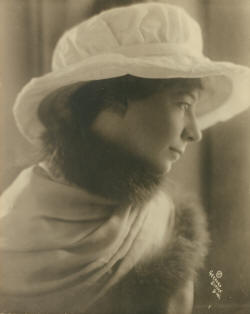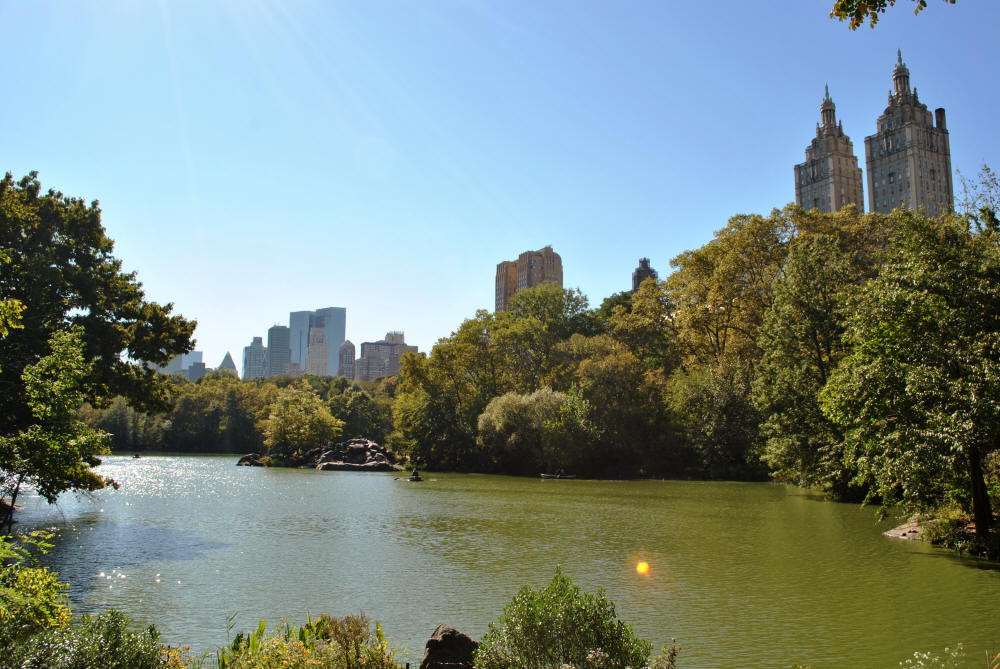

Queer Places:
38 Kingsbury Pl, St. Louis, MO 63112
3668 Lindell Blvd, St. Louis, MO 63108
The San Remo, 145 Central Park West, New York, NY 10023
Bellefontaine Cemetery, 4947 W Florissant Ave, St. Louis, MO 63115, Stati Uniti
 Sara Teasdale (August 8, 1884 – January 29, 1933)
was the first woman Pulitzer Prize, Poetry (Love Songs) in 1918.
Sara Teasdale (August 8, 1884 – January 29, 1933)
was the first woman Pulitzer Prize, Poetry (Love Songs) in 1918.
She was an American lyric poet. She was born Sarah Trevor Teasdale in St. Louis, Missouri, and used the name Sara Teasdale Filsinger after her marriage in 1914.[1] Teasdale may have found peace and companionship late in life with Margaret Conklin, one of her students. Conklin was Teasdale's literary executor and heir.
Teasdale was born on August 8, 1884. She had poor health for much of her childhood, so she was home schooled until age 9. It was at age 10 that she was well enough to begin school. She started at Mary Institute in 1898, but switched to Hosmer Hall in 1899, graduating in 1903. The Teasdale family lived at 3668 Lindell Blvd. and then 38 Kingsbury Place in St. Louis, Missouri. Both homes were designed by Sara's mother. The house on Kingsbury Place had a private suite for Sara on the second floor. Guests entered through a separate entrance and were admitted by appointment. This suite is where Sara worked, slept, and often dined alone.[2]
From 1904 to 1907, Teasdale was a member of The Potters, led by Lillie Rose Ernst, a group of female artists in their late teens and early twenties who published, from 1904 to 1907, The Potter's Wheel, a monthly artistic and literary magazine in St. Louis.[3]
Teasdale's first poem was published in William Marion Reedy's Reedy's Mirror, a local newspaper, in 1907. Her first collection of poems, Sonnets to Duse and Other Poems, was published that same year.
Teasdale's second collection, Helen of Troy and Other Poems, was published in 1911.[4] It was well received by critics, who praised its lyrical mastery and romantic subject matter.
As a young woman, Sara Teasdale began to travel, first with her mother and later on her own, visiting Chicago, New York, Africa, and Europe. During her trips, she often met other writers and soon developed an extended community of friends, especially in Chicago’s vibrant literary scene. Chief among thesewere the poets Vachel Lindsay and Eunice Tietjens and editors John Hall Wheelock and Harriet Monroe. Tietjens and Teasdale shared a close friendship and often spenthours together talking about poetry. Of one conversation that took place at dusk on a summer evening, Tietjens wrote, “I could scarcely see Sara then, but her voice came from the shadow, warm and clear,speaking with a depth of human understanding and a beautiful spiritual honesty that lifted me toanother world.”
Teasdale was in love with John Hall Wheelock, but the two enjoyed only a close friendship and never a romance; Vachel Lindsay, on the other hand, hoped to marry Teasdale. Though she considered his proposal, at the same time she was also entertaining a proposal from Ernst Filsinger, a businessman she met through Tietjens. Teasdale finally decided to marry Filsinger on December 19, 1914, though she maintained a close friendship with Lindsay.

The San Remo
Teasdale's third poetry collection, Rivers to the Sea, was published in 1915. It was and is a bestseller, being reprinted several times. In 1916 she and Filsinger moved to New York City, where they lived in an Upper West Side apartment on Central Park West.
The editors of Poetry, Harriet Monroe and Alice Corbin Henderson included in their 1917 selection for The New Poetry: An Anthology poems by Sara Teasdale. According to Adrienne Munich and Melissa Bradshaw, authors of Amy Lowell, American Modern, what connects these poets is their appartenance to the queer sisterhood.
In 1918 she won a Pulitzer Prize for her 1917 poetry collection Love Songs. It was "made possible by a special grant from The Poetry Society"; however, the sponsoring organization now lists it as the earliest Pulitzer Prize for Poetry (inaugurated 1922).[5]
Filsinger's constant business travel caused Teasdale much loneliness.[6] In 1929, she moved interstate for three months, thereby satisfying the criteria to gain a divorce. She did not wish to inform Filsinger, only doing so at her lawyers' insistence as the divorce was going through. Filsinger was shocked. After the divorce she moved only two blocks from her old home on Central Park West. She rekindled her friendship with Vachel Lindsay, who was now married with children.
In 1933, she died by suicide, overdosing on sleeping pills.[7] Lindsay had died by suicide two years earlier. She is interred in Bellefontaine Cemetery in St. Louis.
My published books: